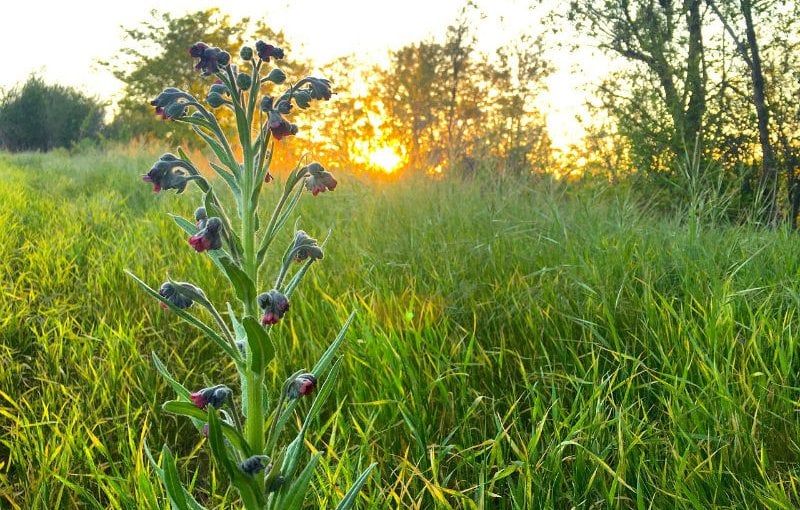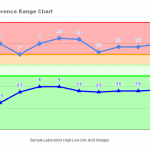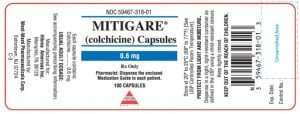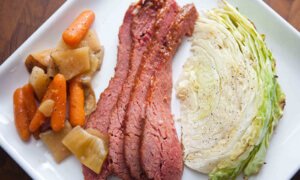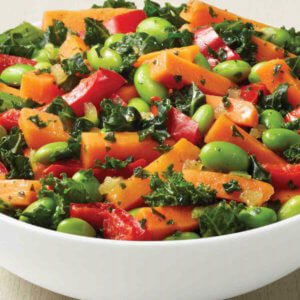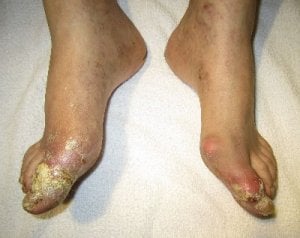Seasonal Gout is a review of eight studies of the seasonal nature of gout. So, it looks at some statistics about gout attacks. Then it shows how gout varies between seasons.
Seasonal Gout Audience
I wrote Seasonal Gout for people who want more statistics about gout. So, it will not help you directly with your gout recovery. However, I have seen that many gout sufferers improve quicker when they know more gout principles.
Seasonal Gout Reports
Firstly, if you are looking for a firm season when most gout occurs, look away now. Because different studies have produced different results. As you can see from the table below. But, this might be useful when you consider my summary.
| Ref. | Short Title | High | Low | Note |
| [1] | Seasonal Acute Gout Variation. | April | October | A) |
| [2] | Acute Gout Is Seasonal. | April | n/a | B) |
| [3] | UK Seasonal Gout Incidence. | Summer | n/a | C) |
| [4] | Uric Acid Biorythms. | n/a | n/a | D) |
| [5] | Non-Yearly Uric Acid Variations. | Doubt? | Doubt? | E) |
| [6] | Temperature, Humifity, & Gout Attacks. | n/a | n/a | F) |
| [7] | USA Seasonal Acute Gout. | November | April | G) |
| [8] | Gout Attacks and Weather Review. | July | September | H) |
The other significant findings are:
A) No seasonal variations found in Pseudogout.
B) Several studies cited – see Table 1 in the report.
C) Gout attacks were highest from late April to Mid September.
D) Uric acid cycles often include 17-month variations as well as 12-months.
E) Uric acid variations might not be based on annual cycles.
F) Highest gout attacks linked to high temperature, especially with low humidity.
G) Suggestion that November/December highs might be due to Thanksgiving/Christmas.
H) Highest gout attacks when the most day-to-day temperature changes.
Seasonal Gout Summary
I first heard of Seasonal Gout when I read Gallerani’s 1999 report. At the time I wrote “It does not really matter when you get gout. You must get uric acid down to 5mg/dL or lower to stop it.” Then several more investigations appeared to conclude that gout attacks are most prevalent in spring/summer in the Northern Hemisphere. But, no research could explain why.
More importantly, these statistical variations do not help you if you want to stop gout. Because all they really show is that the number of attacks might vary. But, there is no way of identifying which people will have more attacks in any given month.
Subsequently, later reports have cast real doubt on annual links, temperature vs season, and seasonal habit changes.
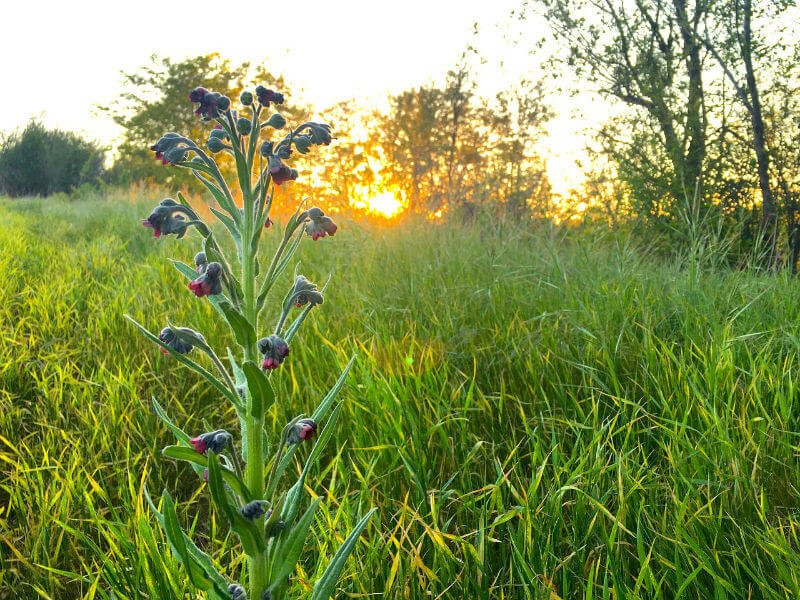
Your Seasonal Gout
To conclude, you can see that seasonal variations in gout attacks are not very relevant to personal gout treatment. Significantly, researchers cannot tell if gout attacks vary due to seasons. Or if seasons change the way that gout sufferers behave.
So, what can you do if you want to check if seasonal gout applies to you?
Firstly, you have to keep a diary of your symptoms. Alongside that, you could record all the factors that might affect your gout. But, as well as changes to weather, you also need to make notes about diet changes. Also, how much do your social habits and other lifestyle issues change from season to season?
I’m sure you will soon realize that it is better to forget about seasonal gout. Instead, think about careful plans to make your uric acid safe. Then, every season will be gout-free. If you need more help, ask other gout sufferers if gout is seasonal.
Leave Seasonal Gout to browse more Resources for Gout Sufferers.
Your Seasonal References
- Gallerani, M., M. Govoni, M. Mucinelli, M. Bigoni, F. Trotta, and R. Manfredini. “Seasonal variation in the onset of acute microcrystalline arthritis.” Rheumatology 38, no. 10 (1999): 1003-1006. Seasonal Acute Gout Variation PDF.
- Schlesinger, Naomi. “Acute gouty arthritis is seasonal: possible clues to understanding the pathogenesis of gouty arthritis.” JCR: Journal of Clinical Rheumatology 11.4 (2005): 240-242. Acute Gout Is Seasonal PDF.
- Elliot, Alex J., Kenneth W. Cross, and Douglas M. Fleming. “Seasonality and trends in the incidence and prevalence of gout in England and Wales 1994–2007.” Annals of the rheumatic diseases 68.11 (2009): 1728-1733.
- de Andrade, Mauricio Pacheco, Rosario DC Hirata, Fabiano Sandrini, Alvaro Largura, and Mario Hiroyuki Hirata. “Uric acid biorhythm, a feature of long-term variation in a clinical laboratory database.” Clinical chemistry and laboratory medicine 50, no. 5 (2012): 853-859.
- Cornelissen, Germaine, Naoto Burioka, and Franz Halberg. “Other-than-annual variations in morning determinations of uric acid.” Clinical chemistry and laboratory medicine 50.5 (2012): 765-770.
- Neogi, Tuhina, Clara Chen, Jingbo Niu, Christine Chaisson, David J. Hunter, Hyon Choi, and Yuqing Zhang. “Relation of temperature and humidity to the risk of recurrent gout attacks.” American journal of epidemiology 180, no. 4 (2014): 372-377.
- Karmacharya, Paras, Ranjan Pathak, Madan Raj Aryal, Smith Giri, and Anthony A. Donato. “Seasonal variation in acute gouty arthritis: data from Nationwide Inpatient Sample.” Clinical rheumatology 35, no. 2 (2016): 523-525.
- Park, Kyu Yong, Hyun Jung Kim, Hyeong Sik Ahn, Shin-Young Yim, and Jae-Bum Jun. “Association Between Acute Gouty Arthritis and Meteorological Factors: An Ecological Study Using a Systematic Review and Meta-analysis.” In Seminars in Arthritis and Rheumatism. WB Saunders, 2017. Gout Attacks and Weather Review PDF.
Please give your feedback
Did this page help you? If yes, please consider a small donation. Your donations help keep GoutPal's gout support services free for everyone.
If not, please tell me how I can improve it to help you more.
- YouTube
- The gout forums.
